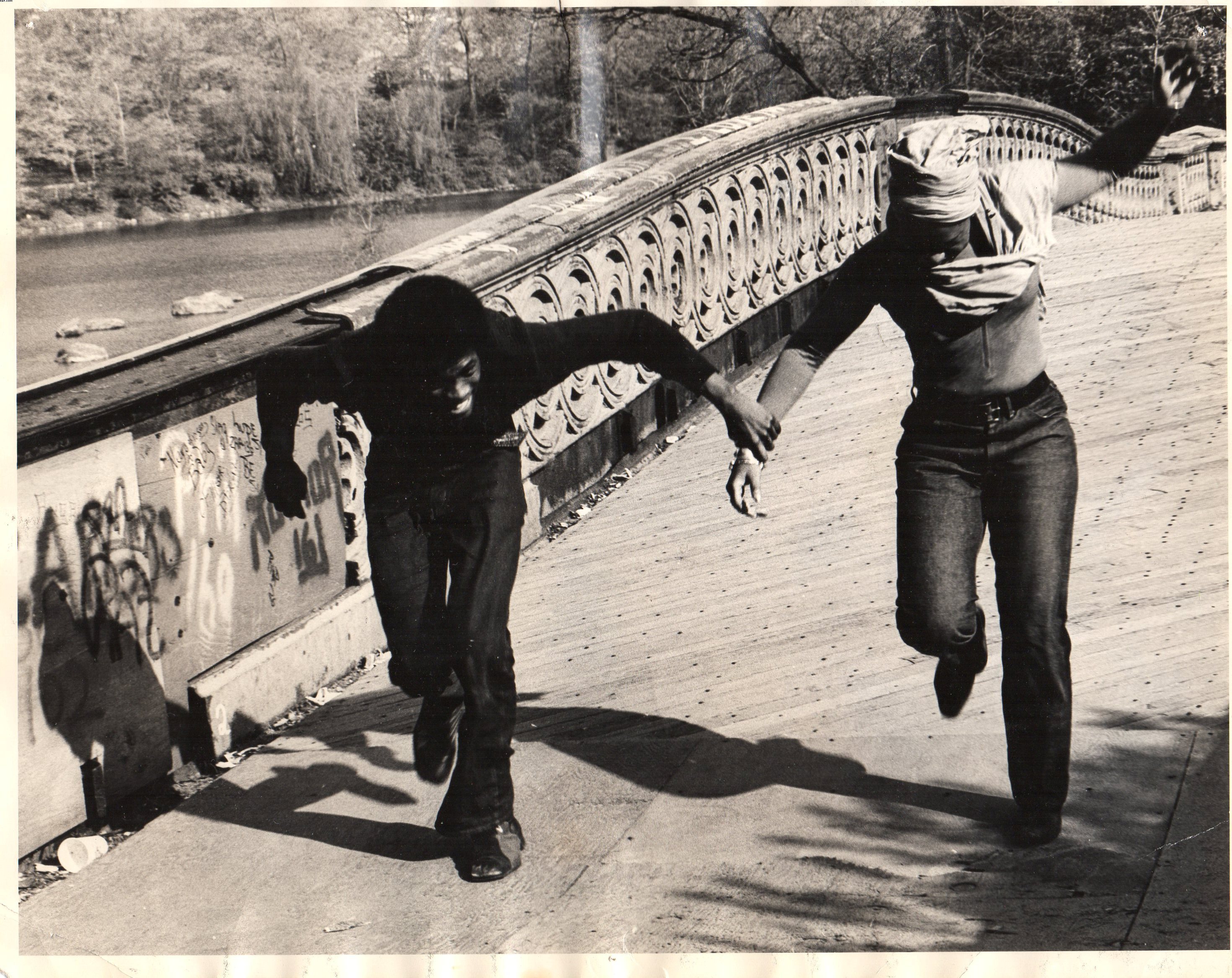The Black Panthers and I
News — By Anthony Chauncey on February 27, 2015 at 8:15 pm
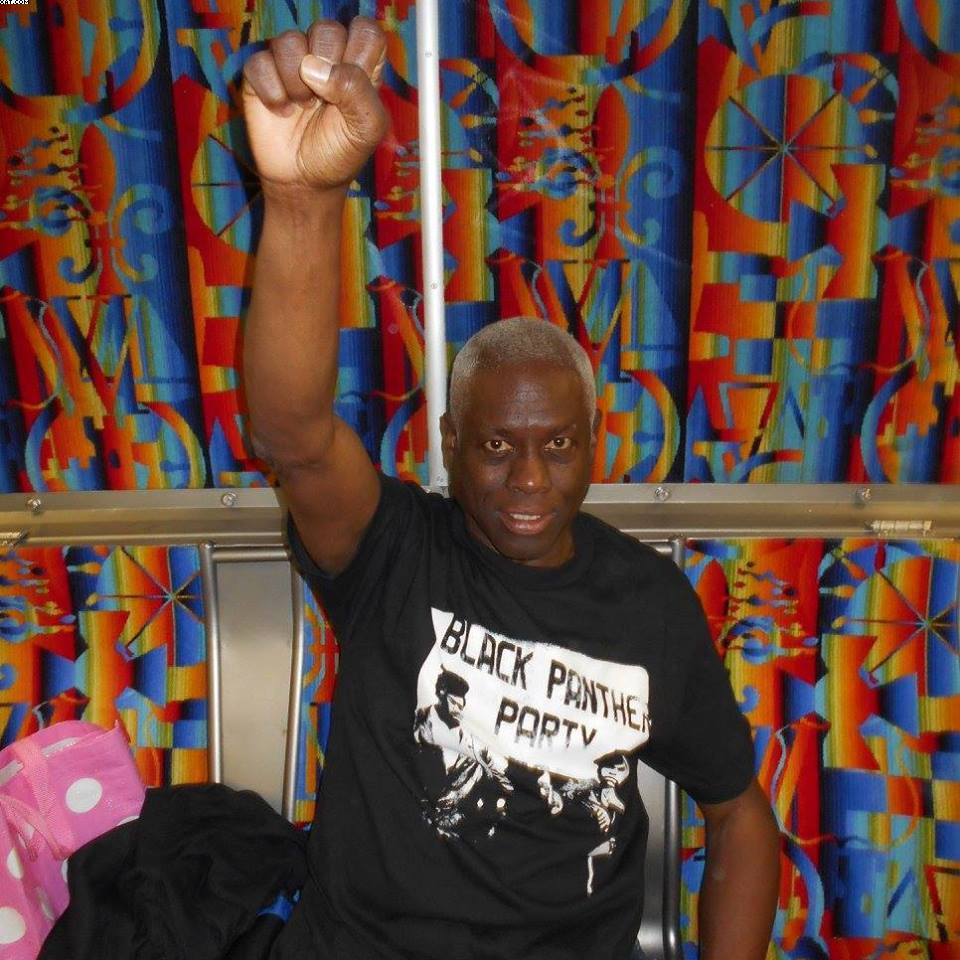
Cover photo: Anthony Chauncey (L) and Gia Williams are depicted running from the FBI in the 1973 film, "Oh My God," a film about The Black Panthers, produced and directed by Anthony Chauncey. Inside photo: Anthony Chauncey.
By Anthony Chauncey
What an interesting time it was in 1973, especially on the corner of 146thst and St Nicholas Ave in Harlem, NY, inside an apartment where filmmakers and some of the Black Panthers lived. Assata Shakur (Joanne Chesimard)Afeni Shakur (Tupac Shakur’s mother) Julie Dash (Daughters of the Dusk) all dwelled there. Going to sleep and waking up was not something that was guaranteed, especially after the assassination of Black Panther Leader Fred Hampton. But this was an age where we believed in our ideals and were not afraid. My particular gift to the world was filmmaking, so within this very household I made my film “Oh My God” about the Black Panthers. As a scene in my film states, “I want everyone never to forget what we did and what we sacrificed.”
The things I overheard living in such a household was as dramatic as any movie depicted about The Panthers. Dedicated young men and woman continued the struggle started by Huey Newton, Bobby Seale and so many other Oakland Panthers. Many of the Panthers who frequented the apartment became part of the infamous Panther 21, which made lots of news- both good and bad, depending on whose perspective you listened to. For me, I just wanted to document as much of it as I could. The storming of Panther households with families and planting of infiltrators by COINTELPRO, (an acronym for COunter INTELligence PROgram, a covert and sometimes illegal project conducted by the FBI designed to discredit, disrupt and infiltrate domestic political organizations, including the Nation of Islam and the Southern Christian Leadership Conference (SCLC) –Martin Luther King’s organization) we were reading about every day, so of course, I had to include it in my film. I was living it- I knew news that was going to happen before it got to the big news media! It was a scary time, but finally, thanks to Stokely Carmichael coining the phrase “Black Power,” we were ready to fight back and that’s exactly what the Panthers did. The Black Panthers had programs designed to feed children and disseminated information via its iconic newspaper, The Black Panther Newspaper and stood up to the abuse and inequalities black people had been experiencing at the time and still do, up to present time.
The movement had spread across the nation, with different factions in almost every state. But FBI Director Edgar Hoover, after calling The Black Panthers, the biggest threat to America, had to destroy the organization “by any means necessary!” And he succeeded, unfortunately. There was a lot of self-destruction of young men and woman, forced to grow up sooner than a slower and more educated path allotted to them. So yes, many mistakes were made, but for that moment in time much more was accomplished to afford Black people the long-needed respect they demanded and received. “Oh My God,” my film, which was one of the very first films on the Panthers along with Stanley Nelson’s latest film, “Vanguard,” shown at the Pan African Film Festival and soon on PBS, will hopefully succeed in doing just what I had imagined, as I lived with The Panthers and documented it in my film. I documented it so that people will never forget what we achieved. We traveled all over the country, including having the film featured in The Philadelphia Black Film Festival.
You can see a snippet from my film and a get a taste of my college lectures by going to YouTube and searching for BLACK PANTHER FILM PRESENTATION.
Anthony Chauncey is a filmmaker from New York, songwriter and musician. His work has been published in Midwest newspapers and he has worked with several musical artists, including Macy Gray. He has documented the works of musical artist Sly Stone and is working on videos spotlighting Sly Stone’s rich musical history. Look him up on You Tube.


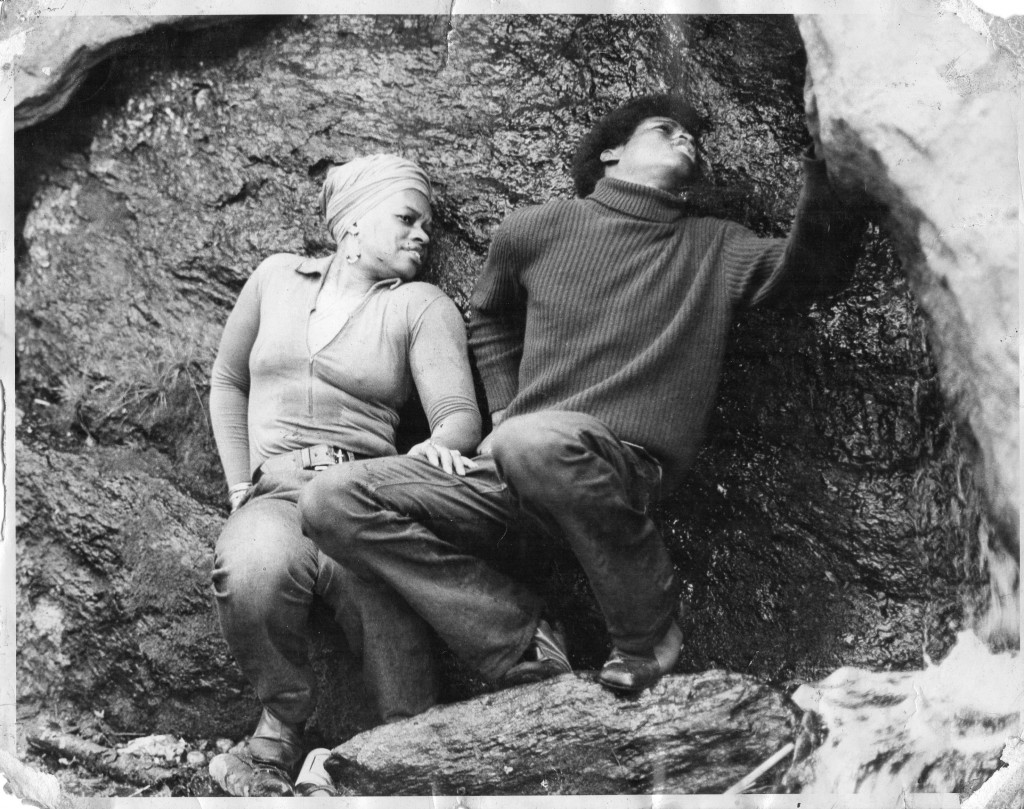
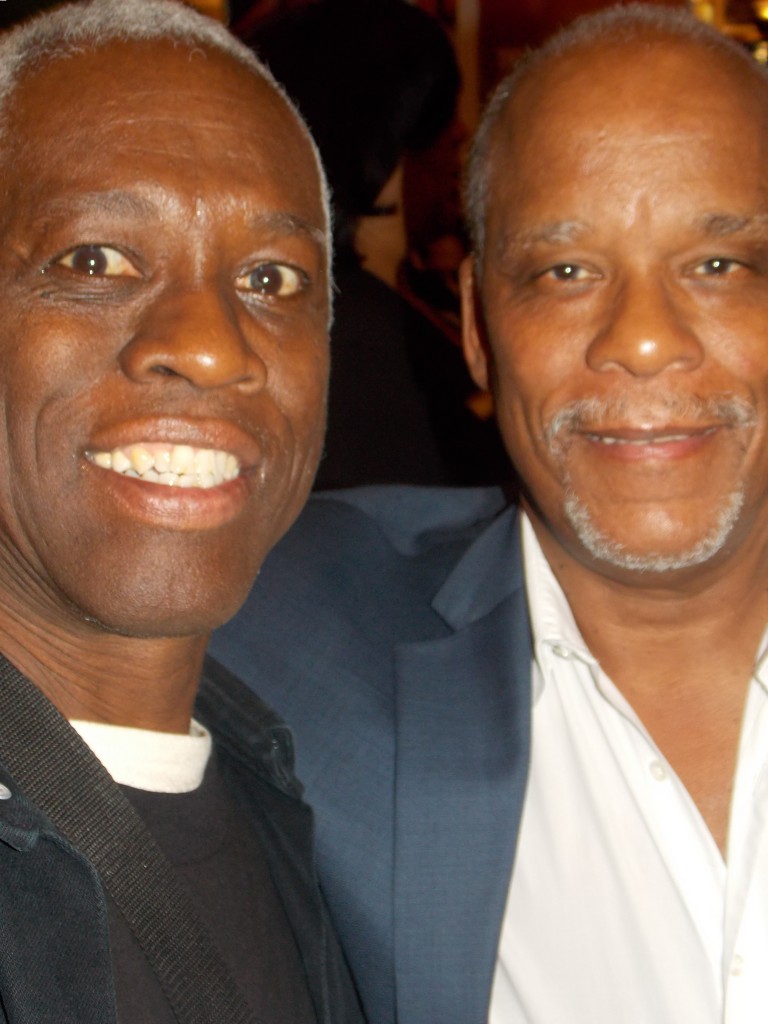
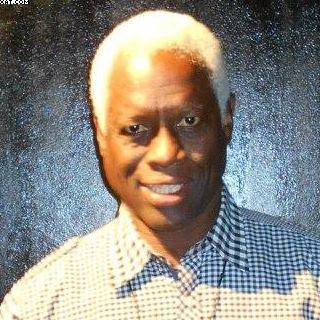
 Tweet This
Tweet This Digg This
Digg This Save to delicious
Save to delicious Stumble it
Stumble it